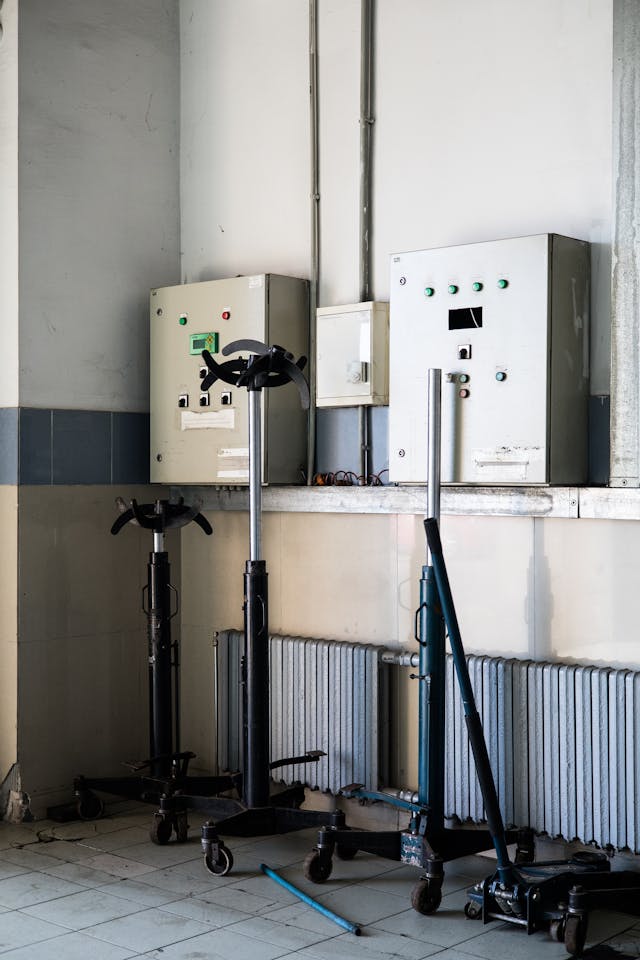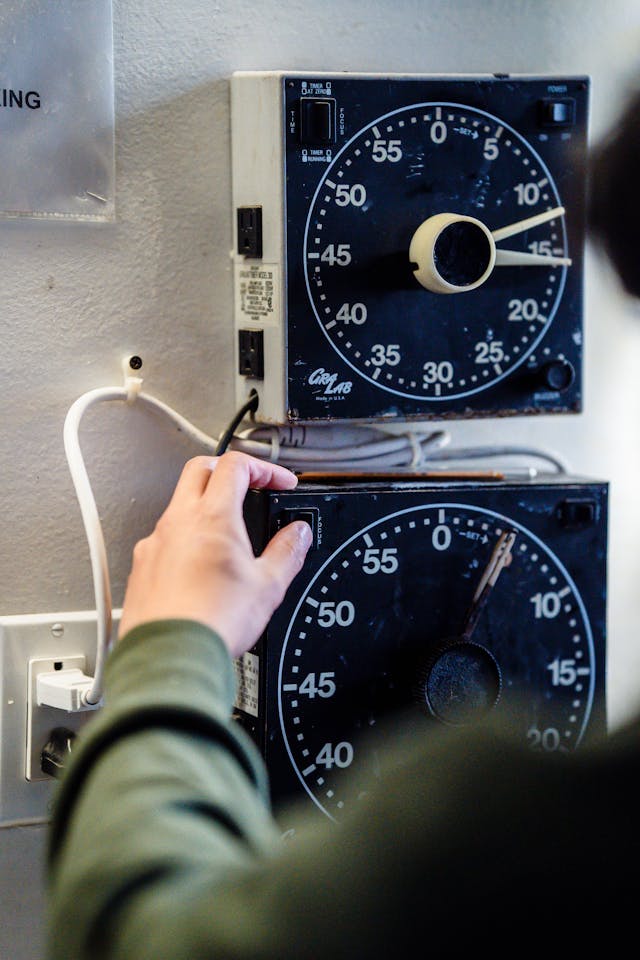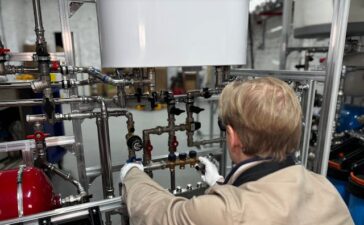The way we think about energy is changing rapidly. Homes are no longer just consumers of electricity; they are becoming dynamic participants in energy generation, storage, and management. One of the most exciting developments in this shift is the role of electric vehicles (EVs). Beyond being a cleaner mode of transport, EVs are evolving into mobile energy storage units that can power homes, feed energy back into the grid, and support household resilience. Paired with home battery solutions like the Tesla Powerwall 3, the potential for a more flexible and self-sufficient energy system is within reach.
What is Vehicle-to-Home (V2H) Technology?
Vehicle-to-Home (V2H) technology allows energy stored in an EV’s battery to be discharged and used within the household – essentially, it turns the car into a large-scale power bank. This is particularly valuable in times of peak demand, during power outages, or when households want to maximise the use of their self-generated solar energy.
By connecting EVs to home systems through bi-directional chargers, households can store excess solar during the day in both their stationary battery and their EV, then draw from this storage later in the evening when energy prices are highest.

The Benefits of Using EVs as Mobile Batteries
- Energy independence – Homeowners gain more control over their electricity consumption by drawing from stored EV power instead of relying solely on the grid.
- Cost savings – By storing and using energy during peak pricing periods, households can reduce electricity bills significantly.
- Emergency backup – EVs can act as backup generators during outages, keeping essential appliances and lighting running.
- Maximising renewables – Storing excess solar in both EVs and home batteries ensures less renewable energy goes to waste.
Complementing Home Battery Systems
While EVs are gaining traction as mobile storage, pairing them with a stationary solution like the Tesla Powerwall 3 creates the most reliable setup. Stationary batteries ensure consistent, always-available home energy storage, while EVs add flexibility and scale when connected.
This dual-storage system allows households to:
– Use solar power around the clock
– Save more energy for critical times
– Further reduce reliance on the grid

The Future of EVs as Energy Assets
Governments and energy companies in Australia are increasingly recognising the potential of EVs as part of the broader energy ecosystem. With vehicle-to-grid (V2G) trials underway, the idea of millions of EVs stabilising and supporting the grid is not far from reality.
As charging infrastructure expands and more EVs become bi-directional compatible, the role of EVs as energy storage solutions will become mainstream. In the near future, households may see their car not only as a way to get from A to B but also as a critical part of their home’s energy resilience and savings strategy.
Driving Energy Independence
EVs are no longer just vehicles; they are an extension of the home’s energy system. When combined with cutting-edge home batteries, Australians can take greater control over their energy use, reduce costs, and play an active role in shaping a cleaner energy future. The shift toward EV-powered homes is more than a technological trend—it’s a redefinition of how we generate, store, and consume energy.





